Repurposing Plastic Materials
Gianna Stelluto, Lindsey Plum, Vaughn Pollock, Erin Hurley, Dr. Amy Moll, Dr. Vicki Stieha, Dr. Noah Salzman
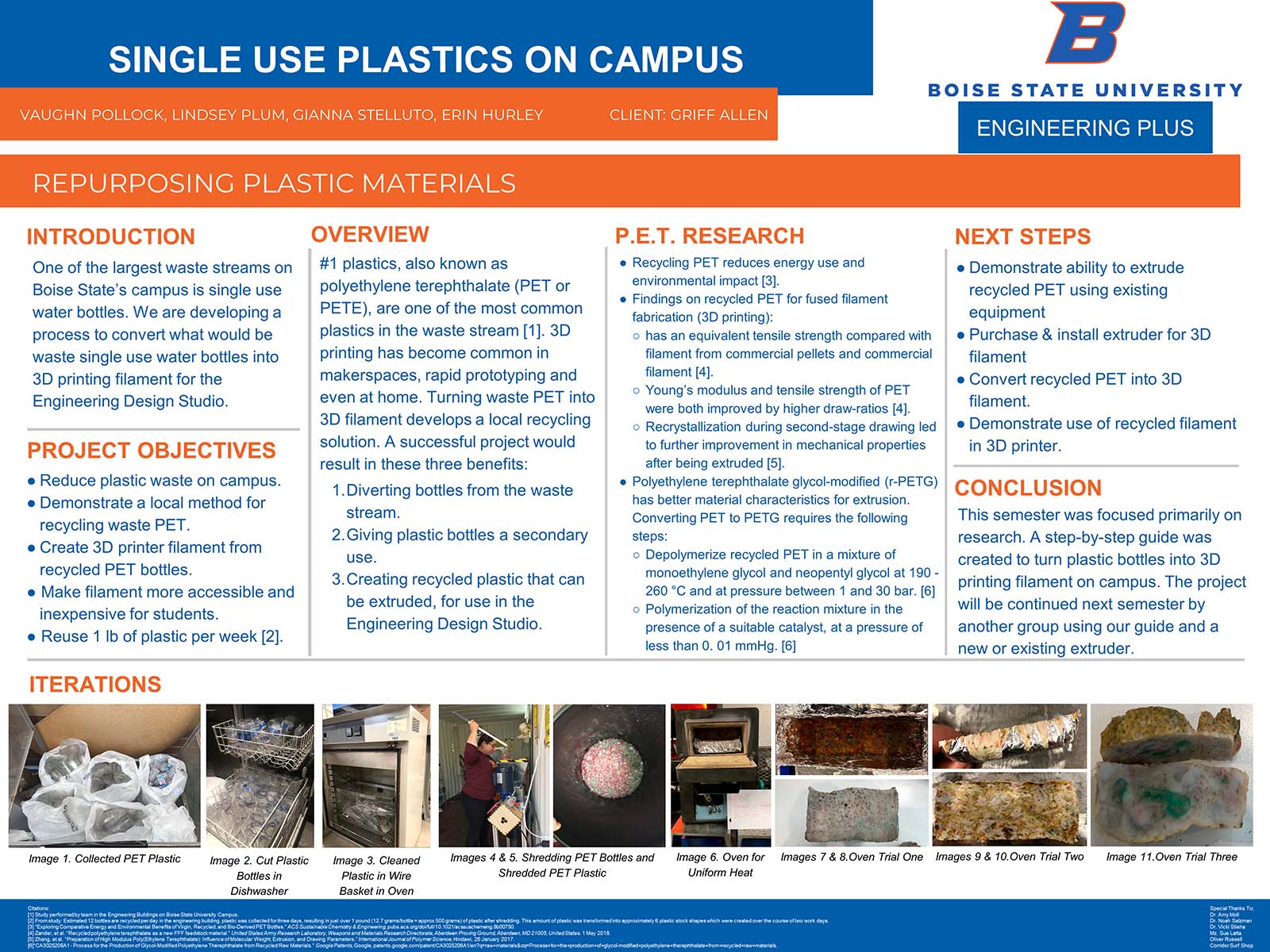
Introduction
One of the largest waste streams on Boise State’s campus is single use water bottles. We are developing a process to convert what would be waste single use water bottles into 3D printing filament for the Engineering Design Studio.
Project Objectives
- Reduce plastic waste on campus.
- Demonstrate a local method for recycling waste PET.
- Create 3D printer filament from recycled PET bottles.
- Make filament more accessible and inexpensive for students.
- Reuse 1 lb of plastic per week [2].
Overview
#1 plastics, also known as polyethylene terephthalate (PET or PETE), are one of the most common plastics in the waste stream [1]. 3D printing has become common in makerspaces, rapid prototyping and even at home. Turning waste PET into 3D filament develops a local recycling solution. A successful project would result in these three benefits:
- Diverting bottles from the waste stream.
- Giving plastic bottles a secondary use.
- Creating recycled plastic that can be extruded, for use in the Engineering Design Studio.
P.E.T Research
- Recycling PET reduces energy use and environmental impact [3].
- Findings on recycled PET for fused filament fabrication (3D printing):
- has an equivalent tensile strength compared with filament from commercial pellets and commercial filament [4].
- Young’s modulus and tensile strength of PET were both improved by higher draw-ratios [4].
- Recrystallization during second-stage drawing led to further improvement in mechanical properties after being extruded [5].
- Polyethylene terephthalate glycol-modified (r-PETG) has better material characteristics for extrusion. Converting PET to PETG requires the following steps:
- Depolymerize recycled PET in a mixture of monoethylene glycol and neopentyl glycol at 190 – 260 °C and at pressure between 1 and 30 bar. [6]
- Polymerization of the reaction mixture in the presence of a suitable catalyst, at a pressure of less than 0. 01 mmHg. [6]
Next Steps
- Demonstrate ability to extrude recycled PET using existing equipment
- Purchase & install extruder for 3D filament
- Convert recycled PET into 3D filament.
- Demonstrate use of recycled filament in 3D printer.
Iterations
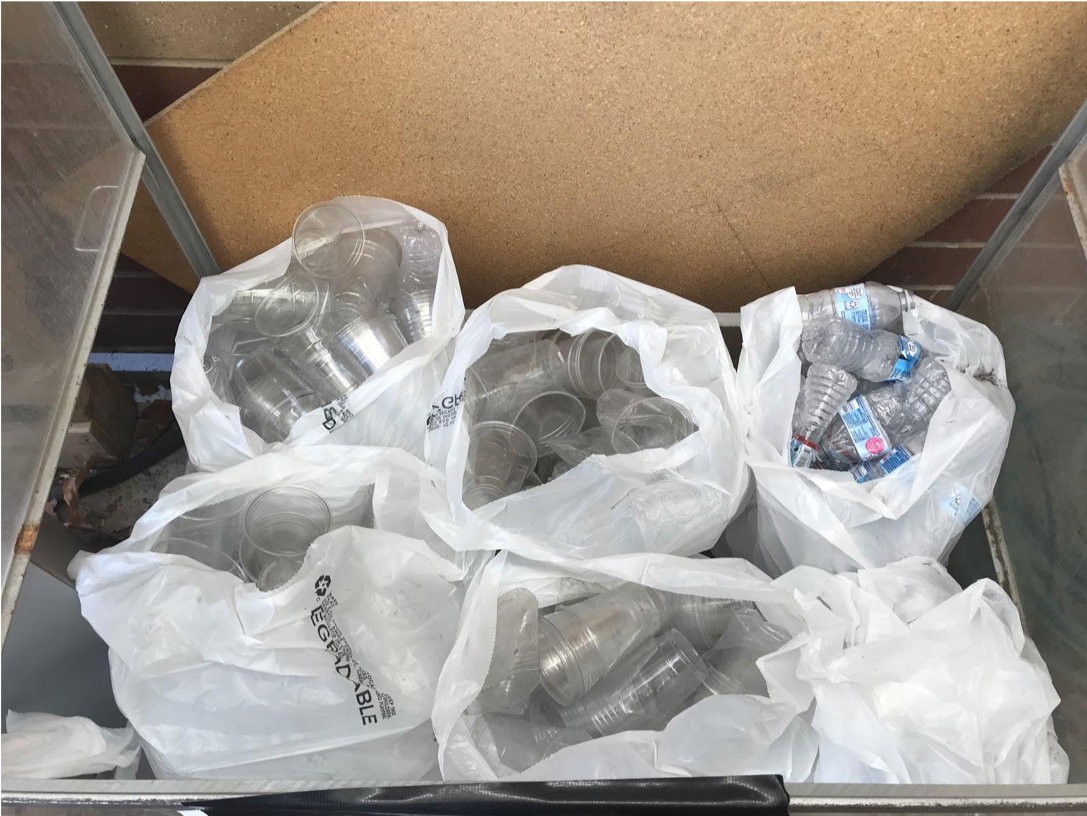
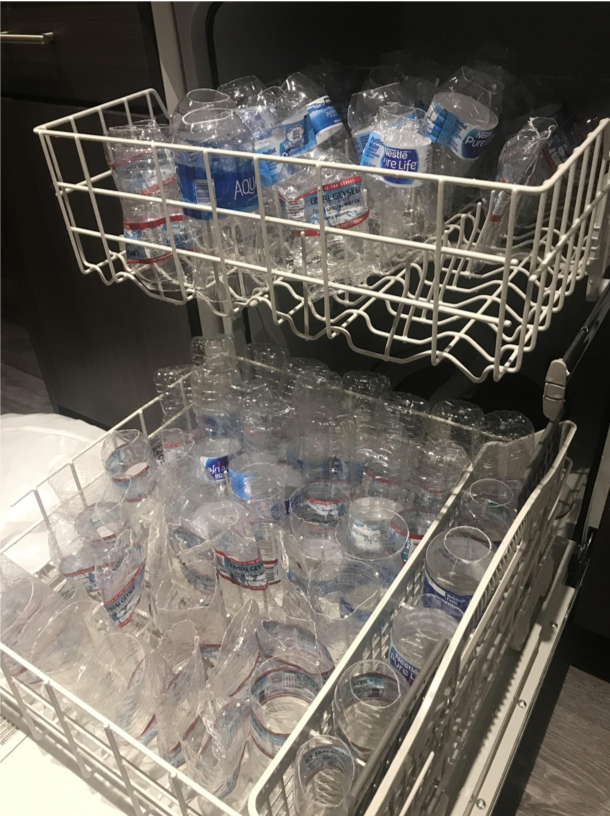
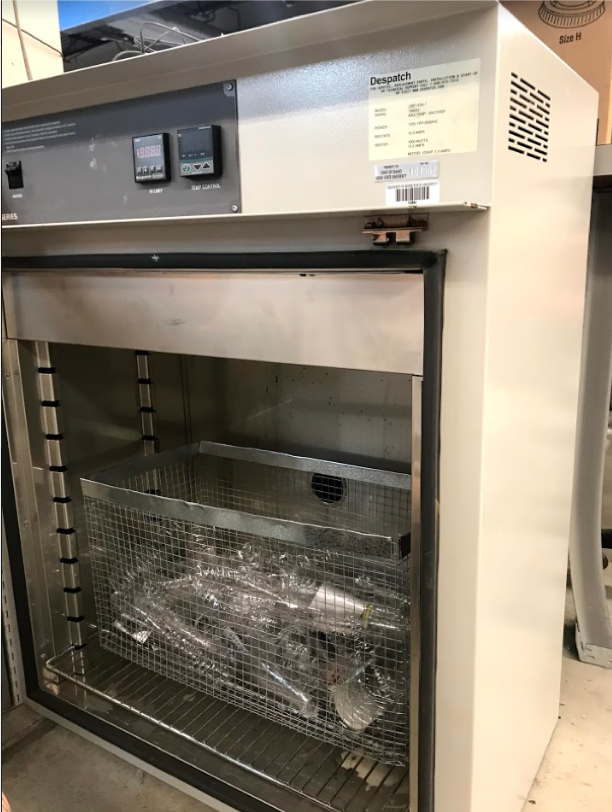
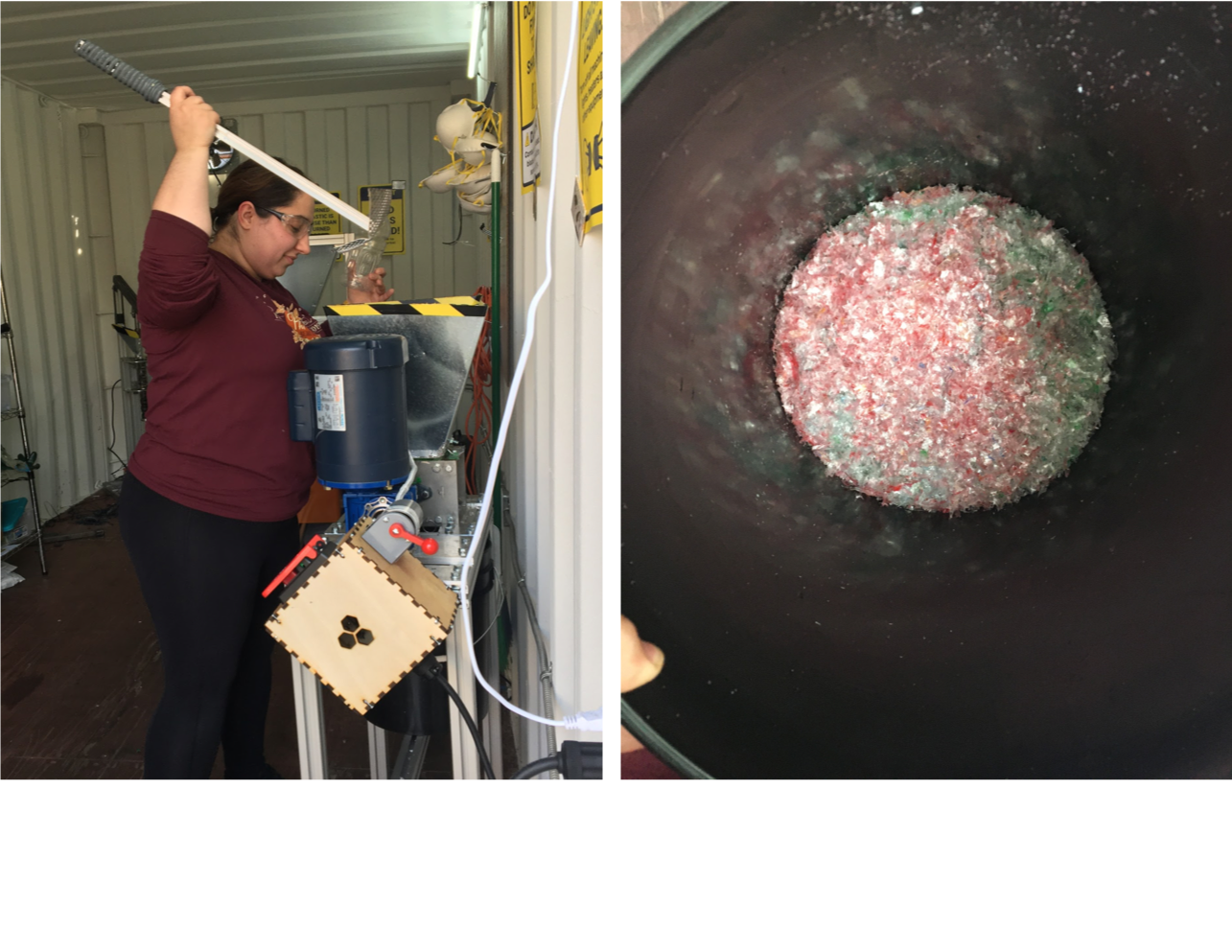
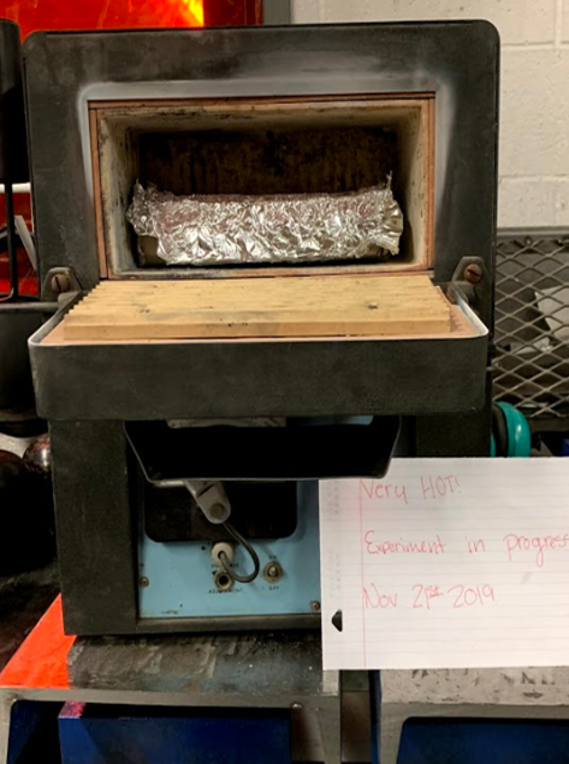
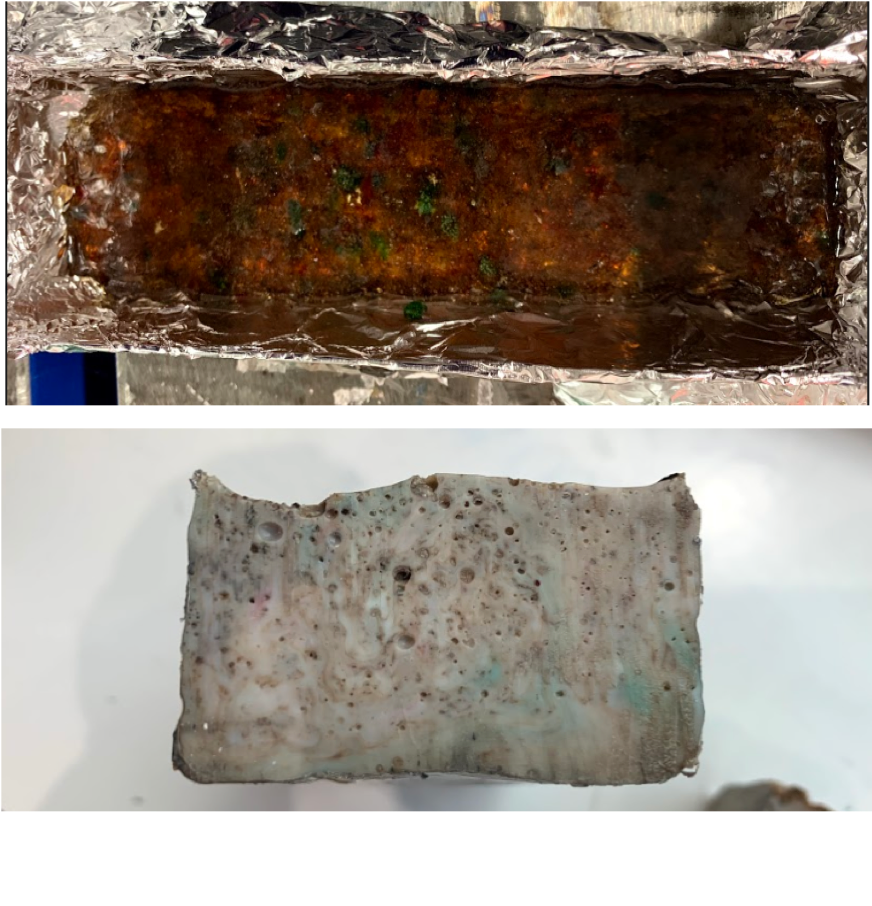
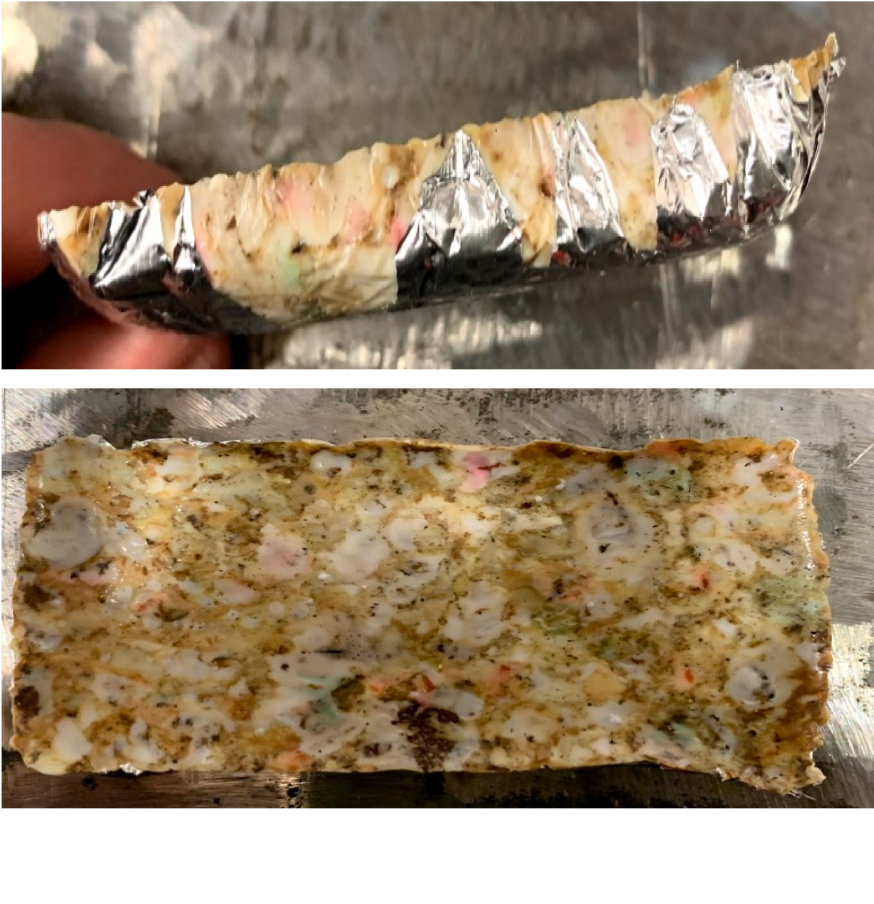
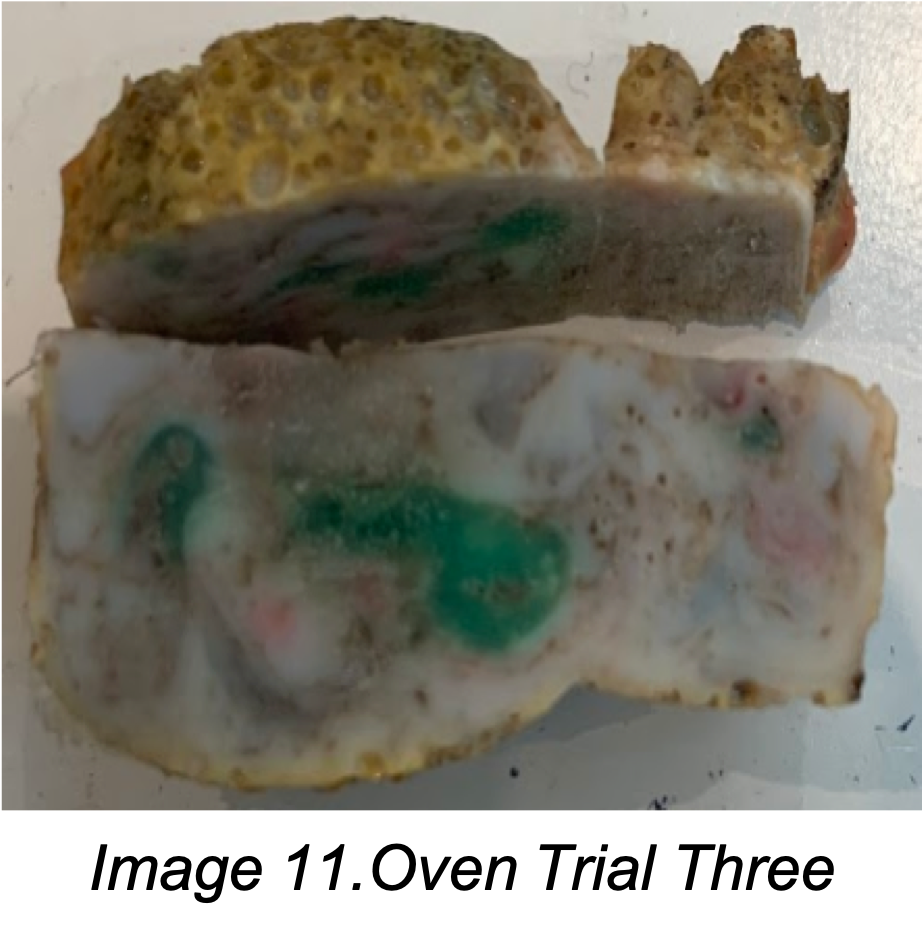
Conclusion
This semester was focused primarily on research. A step-by-step guide was created to turn plastic bottles into 3D printing filament on campus. The project will be continued next semester by another group using our guide and a new or existing extruder.
Additional Information
For questions or comments about this research, contact Gianna Stelluto at giannastelluto@u.boisestate.edu.